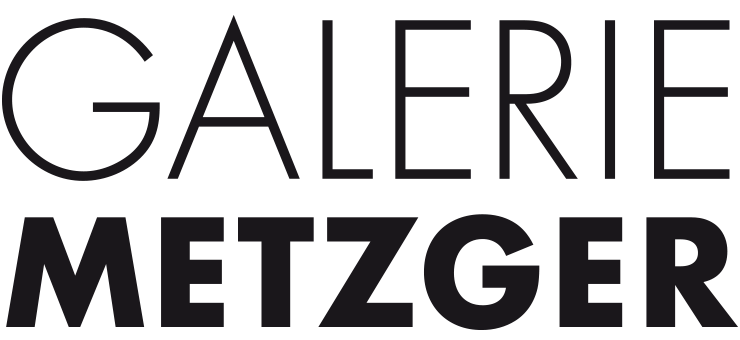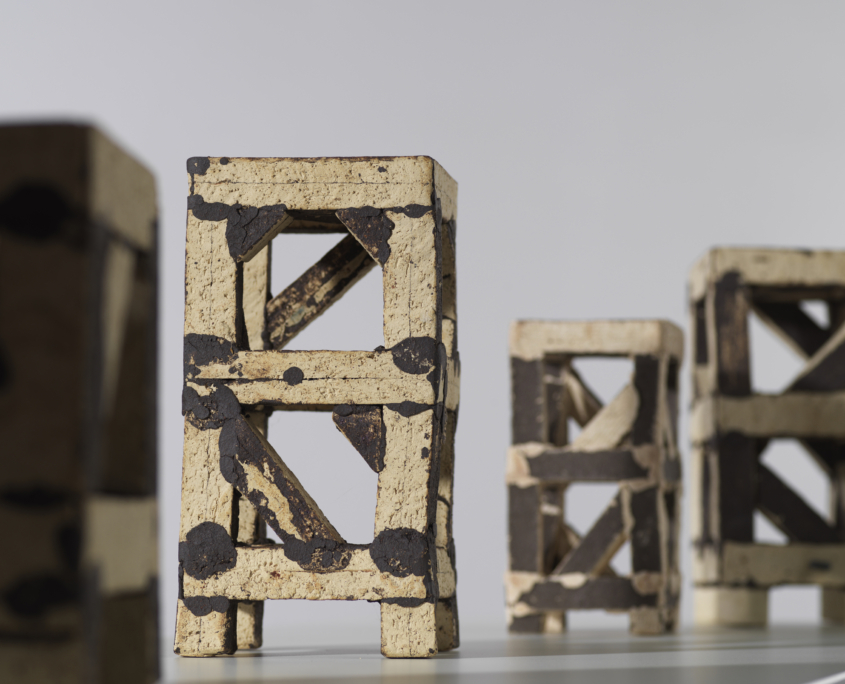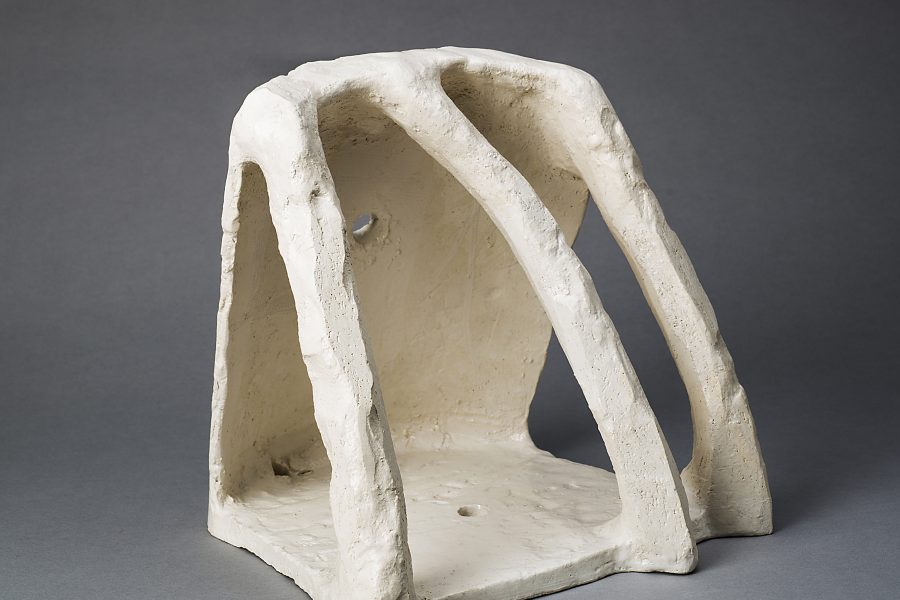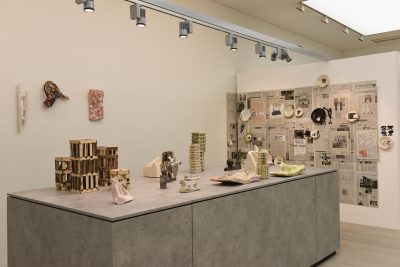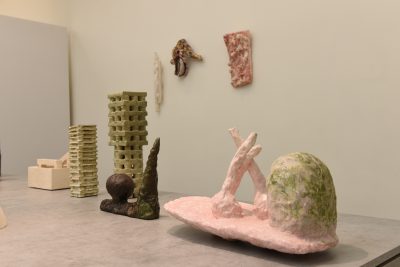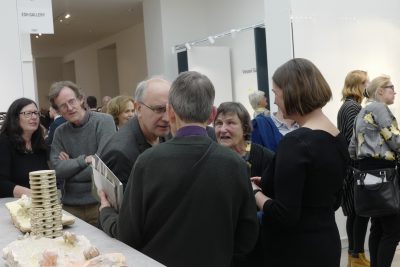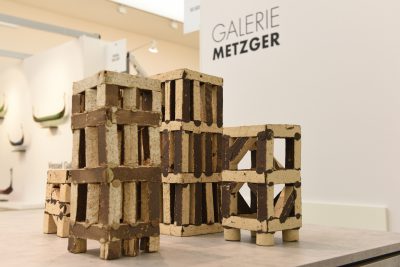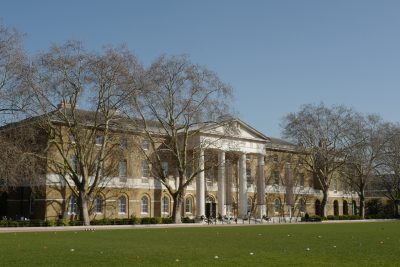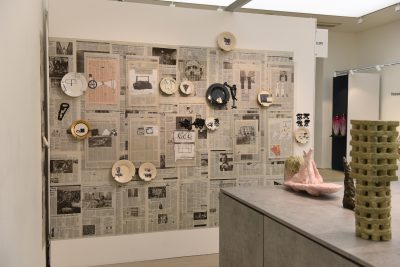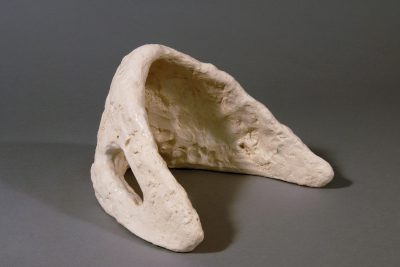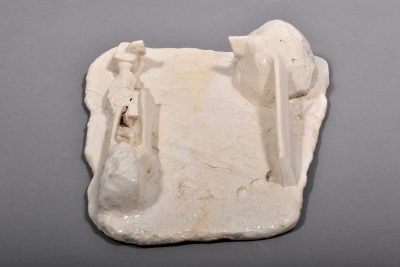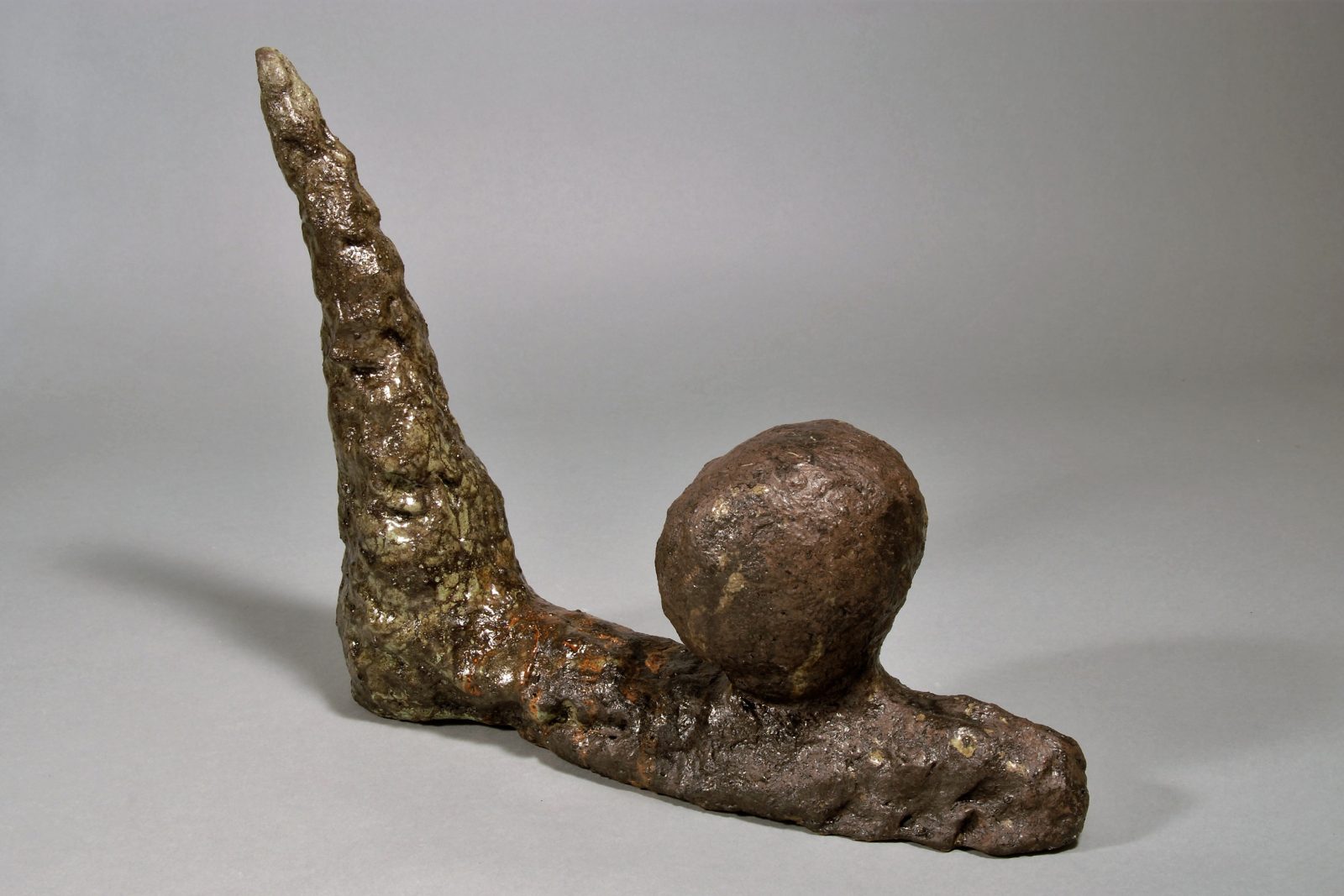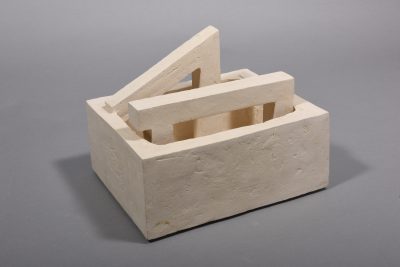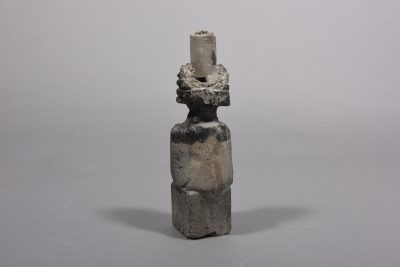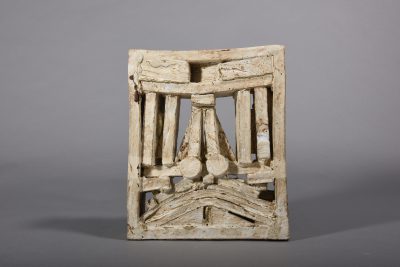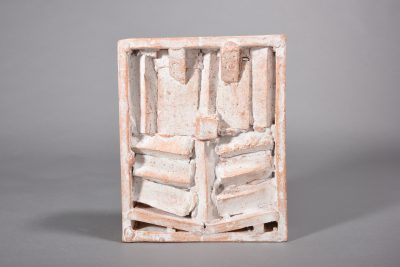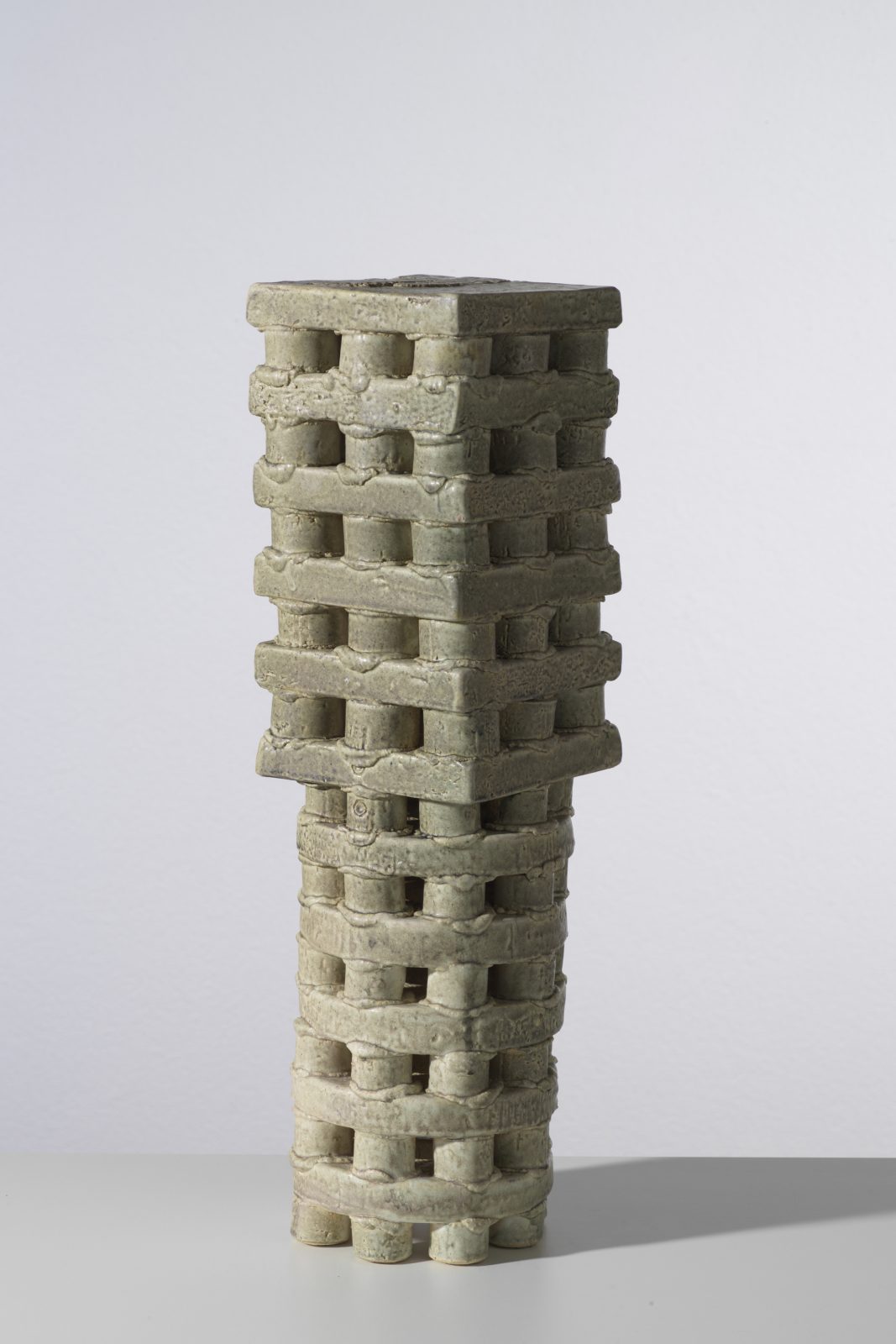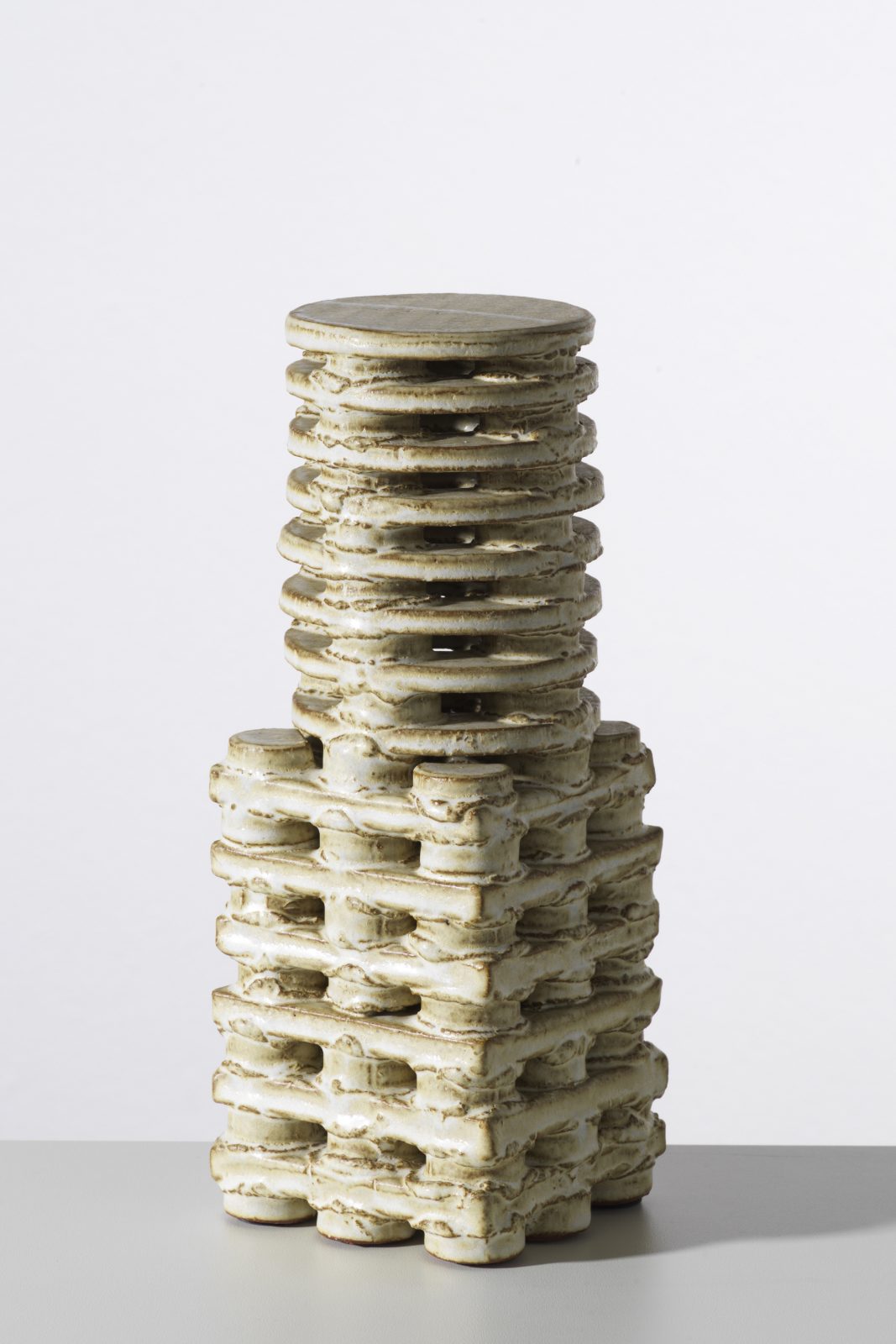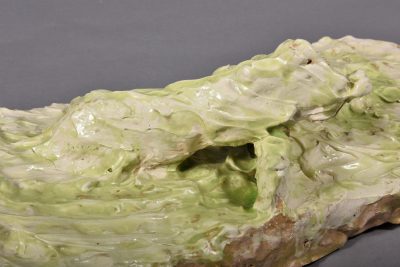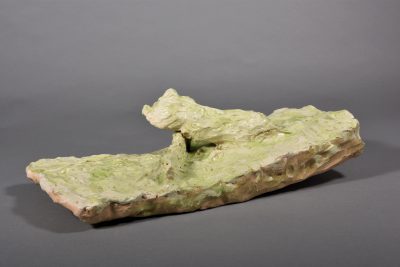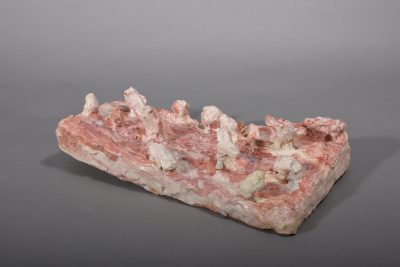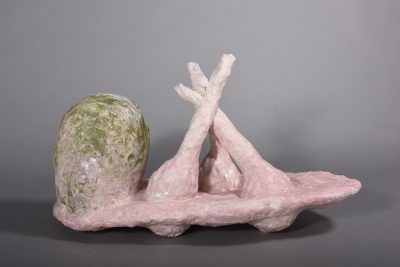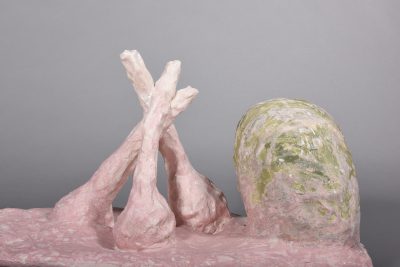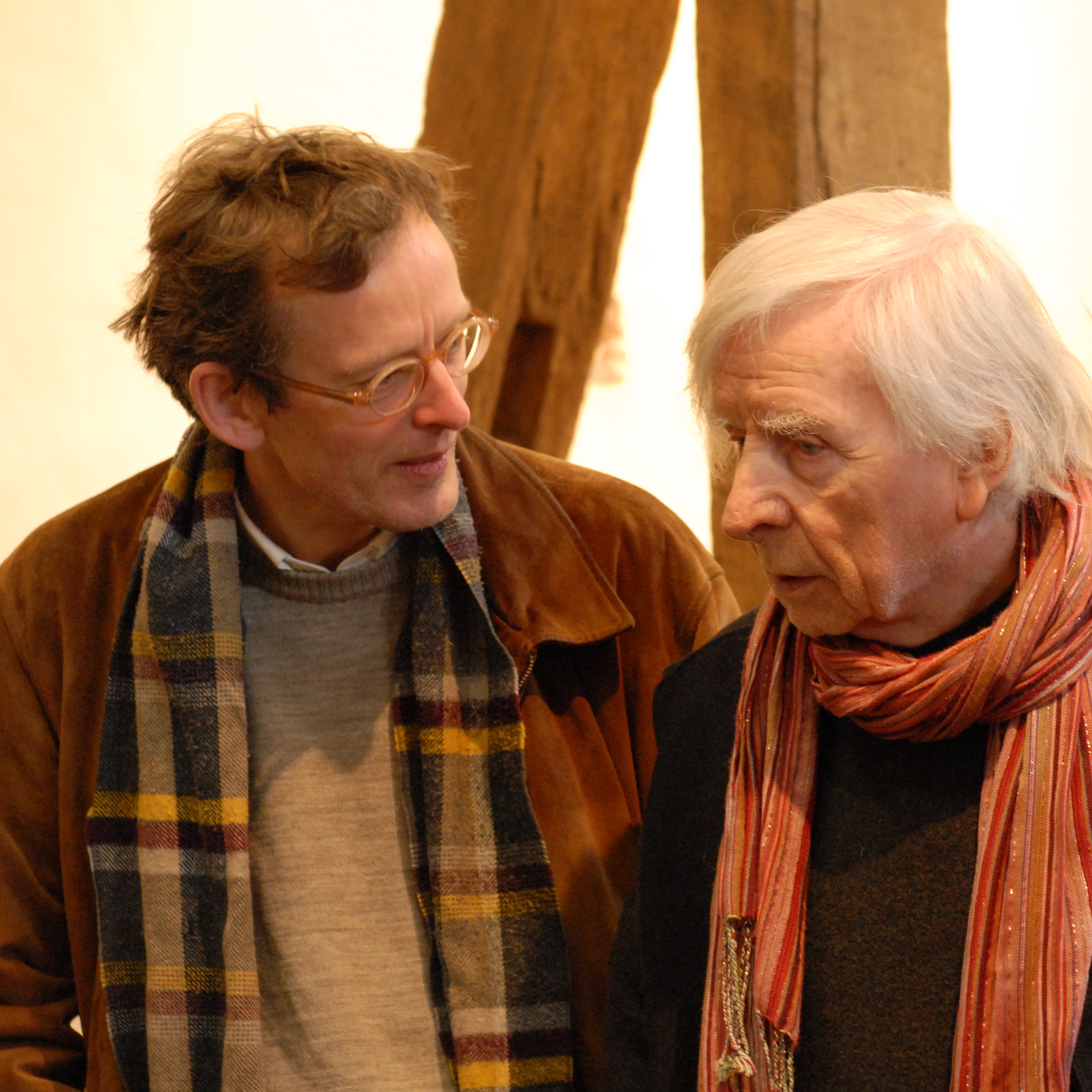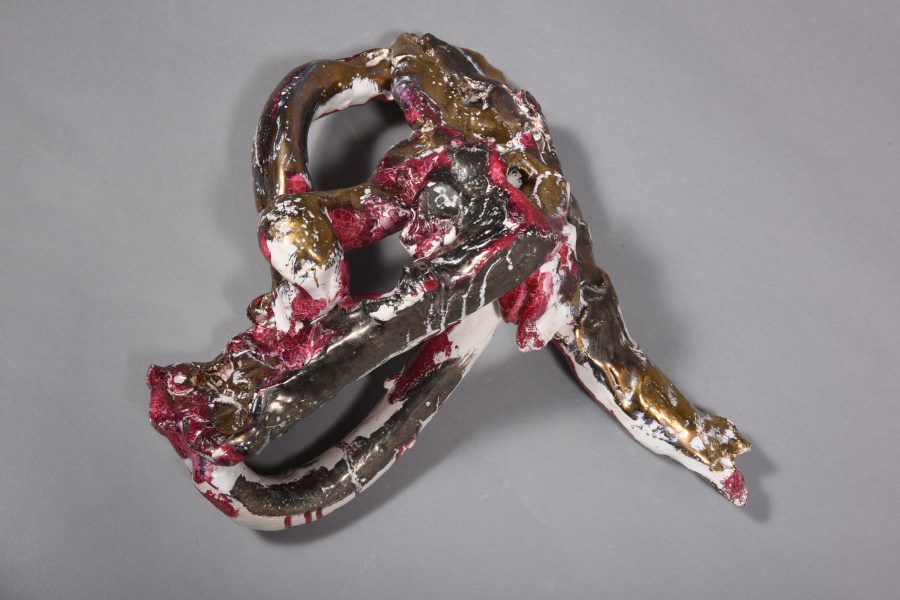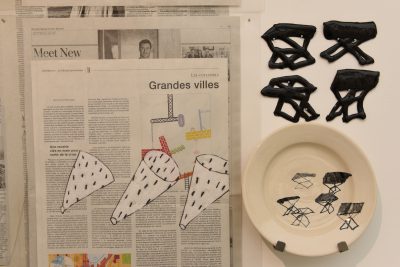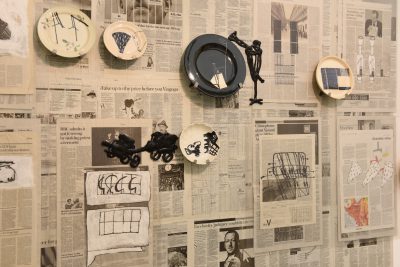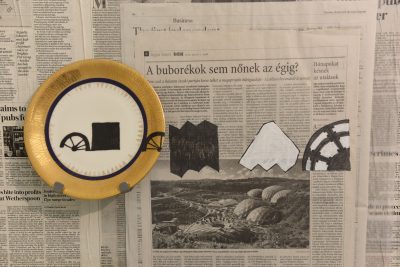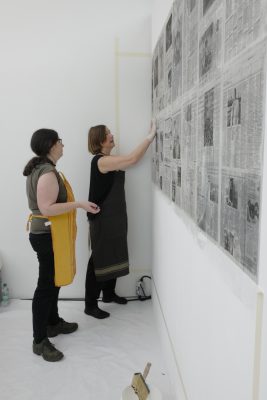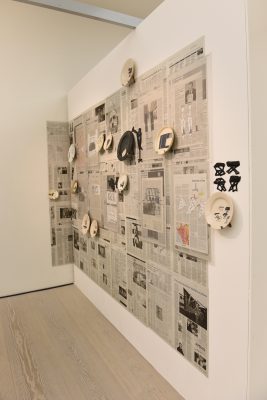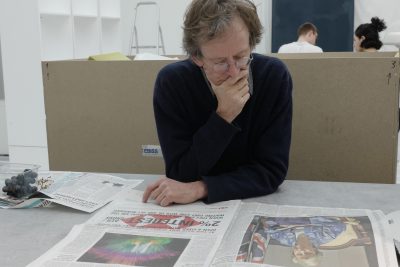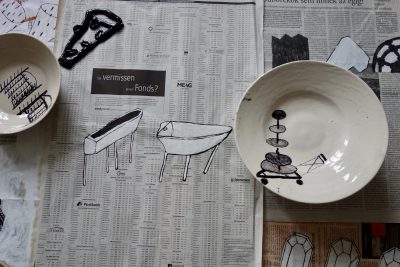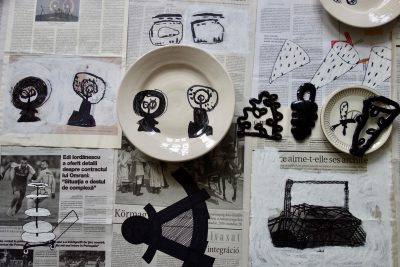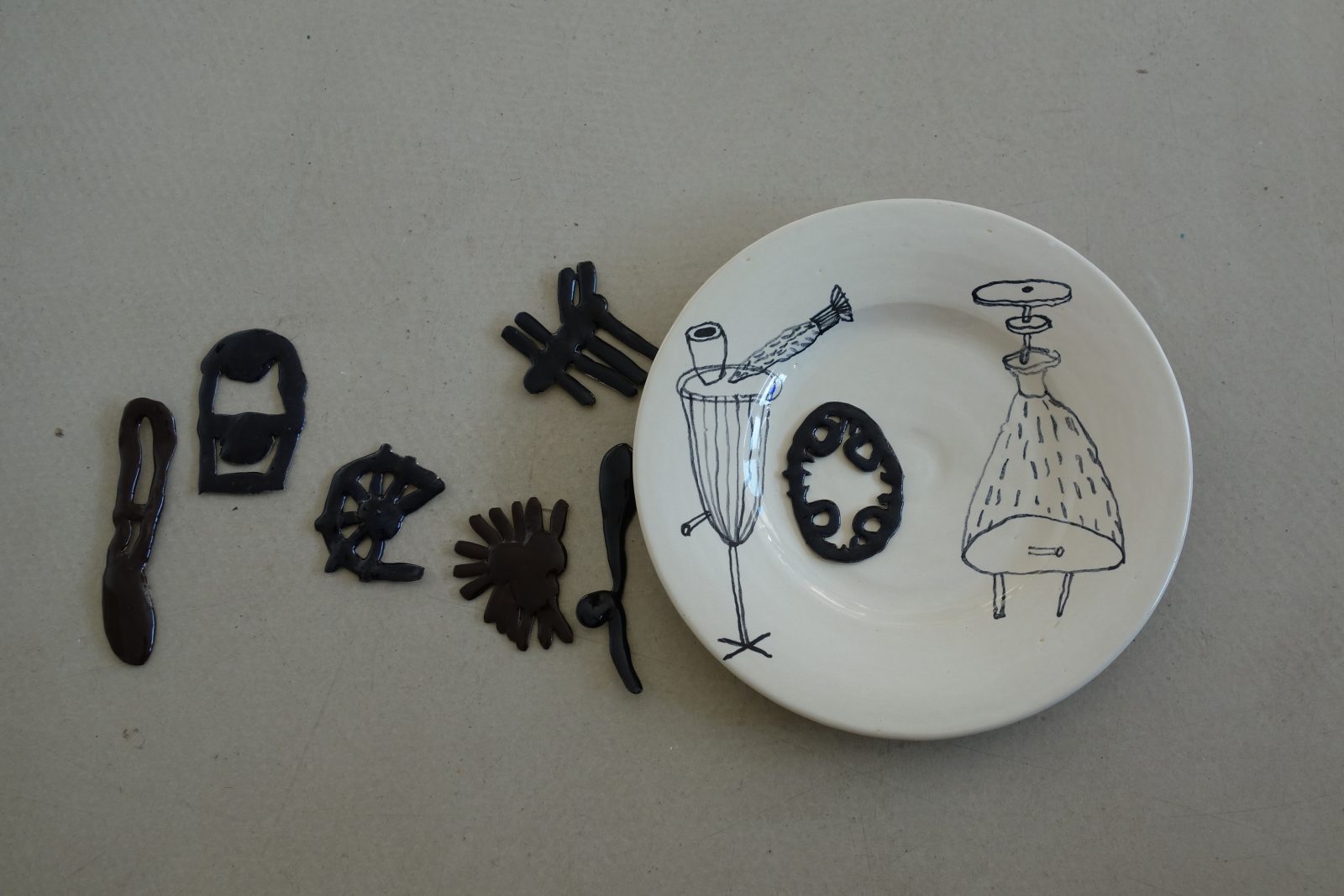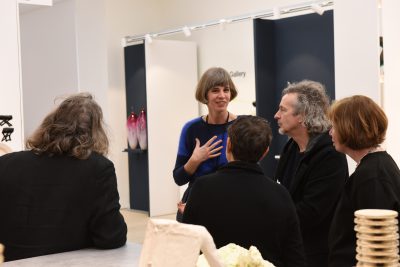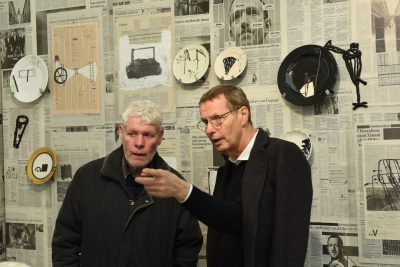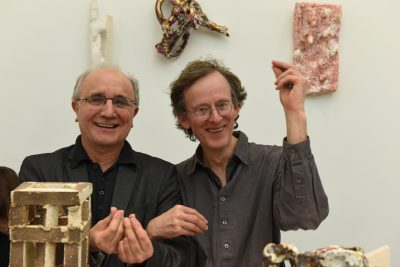Collect 2019
invisible placeholder
28.02.2019 – 03.03.2019
Collect 2019
The International Art Fair for Contemporary Objects
Booth 8.2.
C O N T I N E N T A L
Kerstin Abraham
Franz Josef Altenburg
Hans Fischer
Klaus Lehmann
Xavier Toubes
invisible placeholder
invisible placeholder
Galerie Metzger will in 2019 once again be present at Collect, showing contemporary sculptural work at the Saatchi Gallery in London.
CONTINENTAL – under this motto we present
Kerstin Abraham, Franz Josef Altenburg, Hans Fischer, Klaus Lehmann and Xavier Toubes.
Besides bonds of friendship and mutual appreciation, the selected artists are linked by an intellectual/creative sense of community.
You can find us on the first floor, booth no. 8.2.
Angelika Metzger
invisible placeholder
invisible placeholder
invisible placeholder
“Chance always meets a prepared mind”, said Klaus Lehmann. He added that everything we experience is an expression of our own mind. He used the word “serendipity” for this.
invisible placeholder
invisible placeholder
Franz Josef Altenburg’s skeletal works form a contrast to the amorphous pieces by Klaus Lehmann and Hans Fischer and open up a further form of expression in ceramic sculpture.
His series Rahmen (“Frames”) is an interplay between self-imposed limitations and the forces of freedom.
Franz Josef Altenburg has decided upon consistently unchanging dimensions of 26 x 21 x 6 centimetres.
Within this frame, cells are created that frequently form sequences in ever-new variations that are then disrupted, creating a new sense of order with symbolic effect, with voids at the same time causing an expansion of the bounds of sculpture to include the surrounding space.
invisible placeholder
They are reminiscent of architecture or stage sets and are created instinctively. The work process remains visible in its spontaneity.
Franz Josef Altenburg says of his work:
“The clay, the material, shows me the way.”
invisible placeholder
invisible placeholder
Hans Fischer
A sculpture
What you see here is an ideal of humanity and not a fragmented torso. You can take up residence there. Peacefully. Like a curled-up animal. Imitation has been sacrificed to this sculpture, the starting point abandoned, the heart stops beating against the white, punctured day. This sculpture is an ideal, it goes to meet the morning. The magnificence of gesture, that does too – the flat, white body before us has to do with Classicism.
Hans Fischer consummates the magic of Antiquity. And right before you stands a modelled form, a prayer figure, made like a veto. A sculpture.
Gila Stolzenfuß, Munich
Franz Josef Altenburg’s sculptural work is held at the Sammlung Well in Paderborn, the Robert Wilson Collection in New York, the Museum in Faenza and elsewhere.
In particular, the gallery is responsible for the artistic legacy of ceramic sculptor Klaus Lehmann, who died in 2016.
The sculptures of Klaus Lehmann and Hans Fischer are present in many museums,
Klaus Lehmann, for instance, at the Hinder/Reimers Foundation of the State of the Rhineland Palatinate, the Grassi Museum in Leipzig and the Musée Ariana in Geneva.
Hans Fischer’s work can be seen at the Museum der Stadt Passau as well as the Museum für Kunst und Gewerbe, Hamburg, and elsewhere.
invisible placeholder
Essentially for me, working in ceramics allows me to be absorbed with the body and the mind in the process of making. It has to do with the notion of making art as a thing in the world. Ceramics seems clear, relevant, being at the same time in the periphery and in the contemporary; determined to be a thing in a time when most information is mediated, incredulous and unreliable. It enhances the theatrics, the absurdity in its attempt to be made material, crude, rude, primitive, primary: it resonates, it has precision.
The work lately has become more raw, direct, complex in its sources, intentions and practice, with vocation to show color, making, and materiality: something with »density«.
Xavier Toubes, Chicago 2018
invisible placeholder
TRANSFER TRANSFER
drawings, ceramics and paper
an installative work by Kerstin Abraham for Collect 2019.
invisible placeholder
invisible placeholder
invisible placeholder
invisible placeholder
DRAWING ON GROUND / DRAWING FOR GROUND for London is part of the Travelling Painter Project (previously: Hungary, France, Austria, Switzerland, Denmark, UK, Germany. Coming soon: Romania, Lithuania). When travelling I draw on typical national daily newspapers, here for instance The Daily Telegraph. The drawings lead to ornaments on various backgrounds. These are the “Drawings on Ground”. Or the ornaments detach themselves from the ground of the image and become free. Liberated, modelled, they can find their way to becoming graphic compositions as “pure stoneware ornaments” or they may be free elements for walls (tapestry), plates or table settings.
Knowing full well that drawing must bear the everyday within itself, the sketch book is a daily newspaper and the drawing equipment is a black EDDING marker pen and white gouache. The images thus created are free drawings – but with a view to their further use they cab be pages in my Pattern Books.
Ornaments and patterns feed on the resources of return and change. They presuppose an invention, something that was there at the beginning. They allow the drawing (a unique creative act) to arrive in the everyday (mural installation).
In the context of ceramics, the term “industry” is often used derogatorily. Yet how exciting it is to delve into subtly differentiated, historically evolved industrial techniques.
Day-to-day. Everyday. Every day. Again and again. The same times, the same paths. The daily newspaper. The early-morning tea. The lunch break. The evening meal. Repetition. Change. Return. Variation. Anything new is an exception to the rule.
Day-to-day. Everyday. Every day. Again and again. The same times, the same paths. The daily newspaper. The early-morning tea. The lunch break. The evening meal. Repetition. Change. Return. Variation. Anything new is an exception to the rule.
I grew up with grand German porcelain tableware at the festively decked table of my family, and in the end I inherited the Rosenthal and Meissen dinner services from my grandmothers, which stood in the sideboards in their dining rooms. The Meissen Onion Pattern from my Abraham grandmother is completely worthless from a collector’s point of view. My grandfather, together with my father, who was thirteen at the time, rescued it from the ruins of the house as Dresden burned. Individual pieces are warped and distorted, in places the glaze has bubbled up or is discoloured. Many pieces are missing.
The Rosenthal from my Böhme grandmother (octagonal with a cobalt blue border and gilt edging) is complete. It was buried in the orchard meadow but the Russians only looked in the house garden.
How different, how varied is the aura of pale cream earthenware bodies, this creamy white is so different beside “precious” porcelain, which is as white as possible. To me it is a confrontation of the everyday with the festive. In contrast to my grandparents, whose lives found their highest degree of expression in festive gatherings, I am fascinated by the aesthetic of the everyday. I always have been.
24.05.2018
Kerstin Abraham
Kerstin Abraham, born in East Berlin in 1956, studied, among other things, ceramic sculpture under Gertraud Möhwald in Halle and then sculpture under Prof. Rolf Szymanski at Berlin University of the Arts.
She has been a professor at Muthesius University of Fine Arts and Design in Kiel since 1994.
Her work is held in museums and private collections.
.
invisible placeholder
